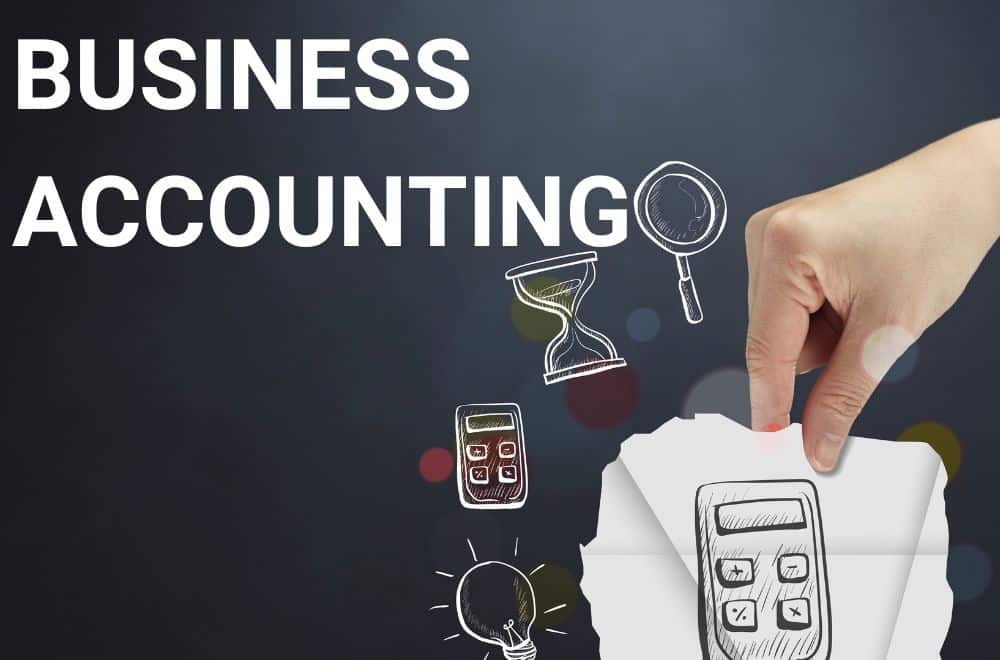How to Create a Simple Business Accounting System
Whether you’re a freelancer, small business owner, or entrepreneur, a reliable accounting system is crucial to understand your finances, manage cash flow, and stay compliant with taxes. You don’t need to be a CPA to set one up. In fact, you can create a simple business accounting system that works effectively with just a few tools and processes. Here’s a step-by-step guide to help you build your own accounting system from scratch.
Why You Need an Accounting System
An accounting system helps you:
- Track income and expenses
- Monitor cash flow
- Prepare for tax season
- Make informed business decisions
- Meet legal and financial obligations
Step 1: Separate Your Business and Personal Finances
Open a separate business bank account to simplify your records and avoid mixing transactions.
- Open a business checking account
- Apply for a business credit card
- Use this account only for business transactions
Step 2: Choose an Accounting Method
The two common accounting methods are:
- Cash Basis Accounting – Record income/expenses when money is received or paid
- Accrual Basis Accounting – Record income when earned and expenses when incurred
✅ Most small businesses start with cash basis accounting for simplicity.
Step 3: Pick Your Accounting Tools
Choose software or tools that match your needs:
- QuickBooks Online – Comprehensive features
- Wave – Free and beginner-friendly
- FreshBooks – Ideal for service-based businesses
- Zoho Books – Affordable and scalable
For very small businesses, spreadsheets can be enough at first.
Step 4: Set Up a Chart of Accounts
A Chart of Accounts (COA) organizes your financial activity into categories:
- Income (Sales, Services)
- Expenses (Utilities, Rent, Supplies)
- Assets (Cash, Equipment)
- Liabilities (Loans, Credit Cards)
- Equity (Owner’s Capital)
Step 5: Track Your Income
Record every dollar earned from clients, customers, or projects. Issue invoices and follow up on payments regularly.
Step 6: Track and Categorize Expenses
Track your business spending and categorize it properly. Common expenses include:
- Office supplies
- Internet/Phone bills
- Marketing and ads
- Travel and meals
- Software subscriptions
💡 Use a business card for purchases to simplify expense tracking.
Step 7: Reconcile Your Bank Statements
Each month, match your records with your bank statement to catch errors and confirm accuracy.
Step 8: Generate Financial Reports
Regularly create these key financial reports:
- Profit & Loss Statement
- Balance Sheet
- Cash Flow Statement
These help assess your business performance and financial health.
Step 9: Prepare for Taxes
Well-maintained books simplify tax filing. Ensure your system captures:
- Income tax (based on entity)
- Self-employment tax
- Quarterly estimated taxes
- Sales tax (if applicable)
Keep digital and paper records for at least 3 years.
Step 10: Back Up Your Records
Use cloud-based software or regularly export your records to a secure location to protect against data loss.
Conclusion
Creating a simple business accounting system is about staying organized and consistent. With the right setup, you’ll gain clarity into your business finances, reduce stress during tax time, and make smarter decisions that help you grow.
🚀 The more you understand your numbers, the more control you have over your success.


